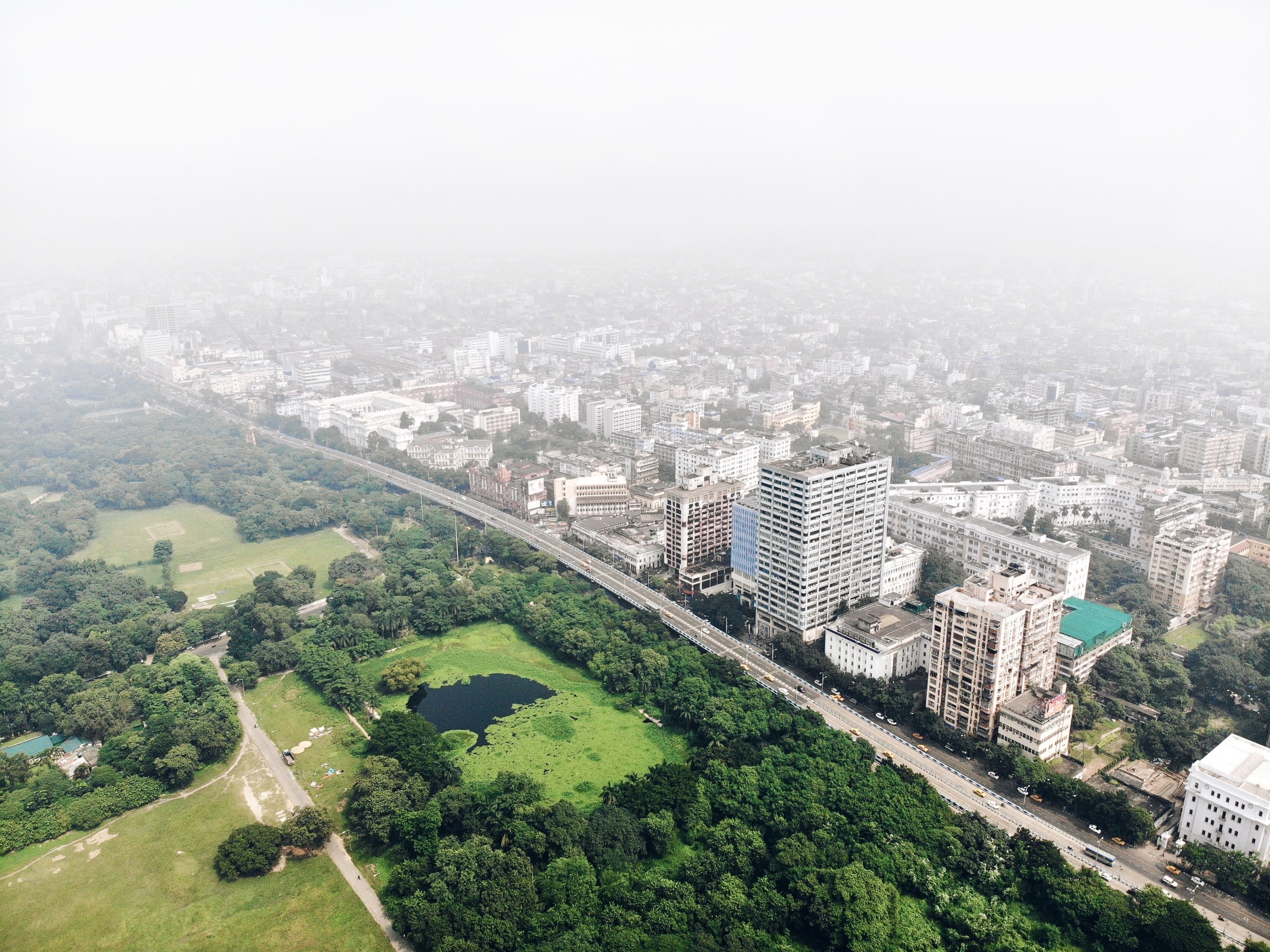Landscapes/Ecologies of Resilience
Course Name: Landscapes/Ecologies of Resilience
OCW type: Course
Higher Education Institution: Kamla Raheja Vidyanidhi Institute for Architecture and Environmental Studies (KRVIA), Mumbai

Description of course
Aim: This course would open the discussion to explore the notion of Resilience in the context of Indian cities. It would validate many of the urban practices that are often unseen, spontaneously grown that are evolved by communities over time; as being resilient. It would try to realize the potential of such practices within the context of ecological, social and economic resilience that we realize is of prime importance to address the issues of climate change and fragmentation in our contemporary cities. It would also explore the possibilities of such practices informing field of design at all scales – the regional, the neighbourhood as well as the building.
Course Objectives:
To be able to initiate the conversation on this subject the course would like to investigate 5 different cases from cities across India. These are site where communities have spontaneously over time evolved a lasting relationship with their surrounds.
1. The eastern wetland of the city of Kolkata is a site where the city’s sewage is treated through an intricate web of open canals and oxidation ponds before it drains into the River Kulti. In the wetlands it has a large holding of fisheries and agricultural farms for growing vegetables where the local community use the sewage water as nutrient. This area which itself is as large as the city of Kolkata has been important in not only treating the city’s wastewater passively, but also playing an important role in achieving resilience related to food.
2. The bazaar area of the indigenous city of Mumbai has over time been known for its unique small-scale entrepreneurial activities of trade, commerce and industries that provide for livelihood activities to numerous local as well as migrant population. Some of these are exceptional crafts which exists only within these complex ecologies of work and live environments. Over years these are threatened by the pressures of redevelopment that gentrify such environments, disempowering such communities as well as erasing such activities.
3. Within the informal settlement of Dharavi there exists a large network of plastic recycling industries that play an important role in reusing the plastic waste of the city. This future of such an important landscape is uncertain due to the new imagination conceived under the Dharavi Redevelopment Project.
4. The Metropolitan Region of Mumbai has numerous fishing villages that are still involved in traditional forms of fishing that is considered ecologically safe and sustainable. Yet such a form of livelihood is constantly threatened by developmental pressure as well as new form of commercial fishing that are extremely exploitative and unsustainable in nature.
5. 68% of the Mumbai Metropolitan region is composed of forests, agricultural/plantation zones and intertidal zones. The forest area in specific are important as they house many tribal villages that overtime have evolved lasting relationship with the surrounding ecology. This is manifested in the use of forest resources, practice of sustainable forms of agriculture as well as in depth knowledge of the local flora and fauna. Yet these communities are always in conflict with the forest officials who have a differing world view of nature as well as the immediate city.
The course would thus investigate these landscapes to be able to identify the unique characteristics of each in creating resilient landscapes, evolve techniques of mapping and representing such landscapes and establish learnings for design.
Learning Outcomes:
Establish a methodology to appreciate and validate the contribution made by such communities towards the sustenance and building of resilience with respect to the city.
• Identify all the stakeholders who are associated along with the community and analyse their roles in the community activity.
• Identify the threats and opportunities of the actions by each stakeholder with regards to the activity.
• Generate a scenario so that the threats can be addressed, and the opportunities can be strengthened, so that the community achieves a certain degree of resilience.
• Finally the scenarios and its implication to planning and architectural design would be understood by the learner so that she/he is able to generate sensitive design strategies.
Course Structure
Course Duration: 16 weeks, Once a week.
Course Frequency: Every Year
Course Format: Elective/Lectures
Course Content
Prerequisites for participation:
A minimum of 10 students from the Postgraduate Program of Urban Design or Urban Conservation.
Course Syllabus:
|
Week No |
Course Content |
|
Week 1 |
Presenting the landscapes- site visits and secondary case studies |
|
Week 2 |
Presenting the landscapes – site visits and secondary case studies |
|
Week 3 |
Mapping the landscapes |
|
Week 4 |
Mapping the landscapes |
|
Week 5 |
Representing and communicating |
|
Week 6 |
Learnings for Design |
Course Assignments:
Study of settlement patterns of given sites, building narratives for the sites.
Expected time spent on course:
Time spent in hours: 53 hours
Time spent in ECTS (European Credit Transfer and Accumulation System): 2 ECTS
Course Grading
Assessment Criteria and Distribution of Marks:
|
Stages & Details |
Percentage of Total Mark |
|
Internal assessment based on student participation in class |
50% |
|
Assignment submission |
50% |
|
Total |
100% |
Course Evaluation
Evaluation Procedure & Criteria:
Academic advisors evaluate the course structure before the course in conducted. After the course, student evaluation feedback analysis obtained through ERP is made available to individual faculty.
Faculty Evaluation:
Informal interactions in the studio and daily review of the progress along with formal evaluation as per the above provided course grading.
Student Evaluation:
Standard format by way of a questionnaire is available for the students to suggest their learnings as well as areas in which the course can improve.